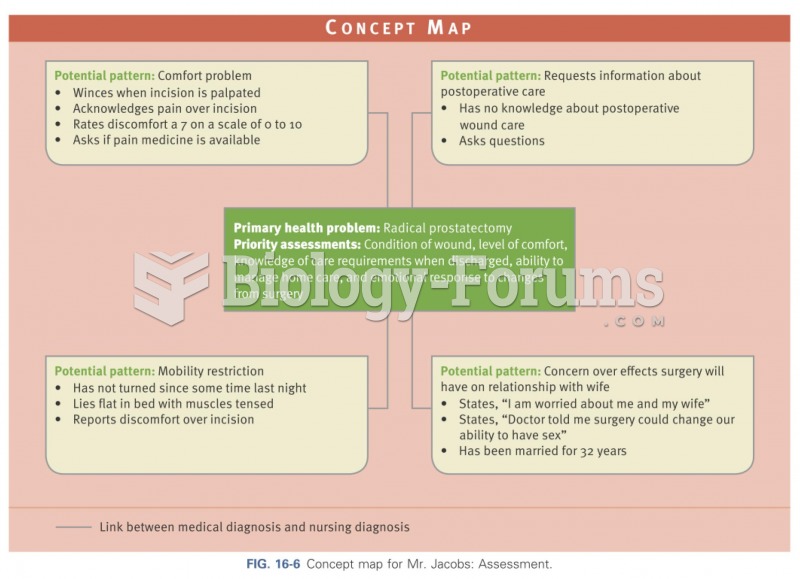Answer 1
Answer: The late nineteenth century represented a low point in the conditions of black existence in the American South. Southern whites passed a series of laws segregating blacks and restricting their political and civil rights. Blacks remained economically dependent on whites. Black leaders responded in several ways. Some, such as Frederick Douglass, W.E.B. Du Bois, and Booker T. Washington believed that blacks could eventually achieve equality with whites. Others believed that could never happen and advised abandoning the United States.
Answer 2
Answer: The typical white tenant farmer in the South during the late nineteenth century would have rented land from a large landowner. He would have had to borrow money or purchase goods on credit in order to survive until he could sell his crop. To obtain credit he would have had to mortgage his crop, usually cotton, to a local merchant, to whom he would have to sell the crop when it matured. If the crop did not bring enough to cover what he had borrowed, he would begin the next year in debt. His life was a cycle of debt and poverty.
Answer 3
Answer: The primary goal of the New South advocates was to encourage economic prosperity in the South through support of a policy of industrialization. To achieve this, they sought investment from northern and foreign sources. While their policy did result in some industrial development, the South never came near to challenging the North industrially. Many of the profits from this development went to outside investors or the New South advocates. It did little to improve the lot of the average southerner, who remained wedded to the production of cotton.
Answer 4
Answer: By the 1890s the Indians throughout the Great Plains were on the defensive against the white campaign to place them on reservations. The firepower of the United States army had overwhelmed them. In their desperation, some of them heeded the message of prophets who claimed that a return to traditional values would protect them from destruction by the whites. Essentially, as unrealistic as it was, it represented their last hope to prevent the destruction of their culture.







